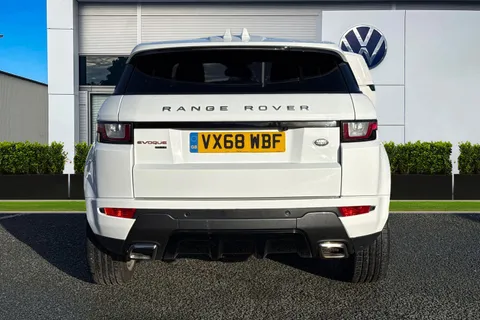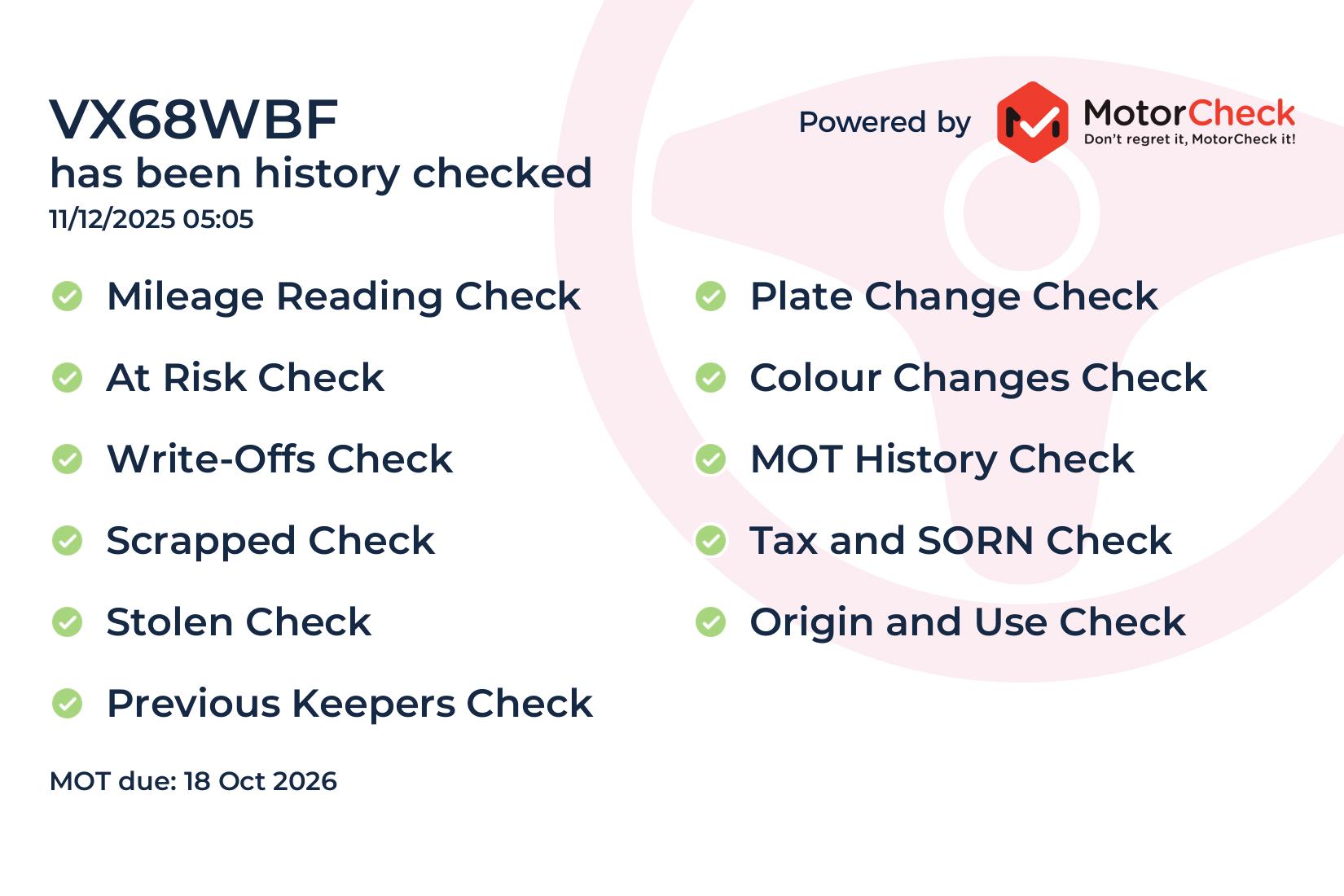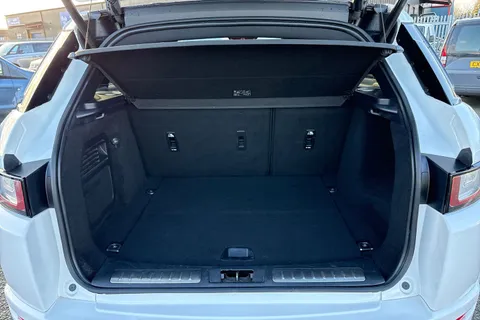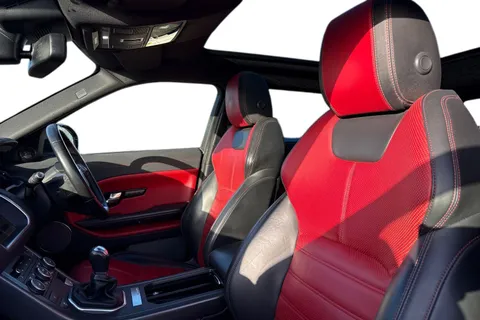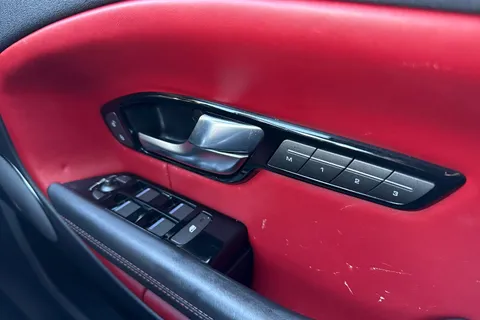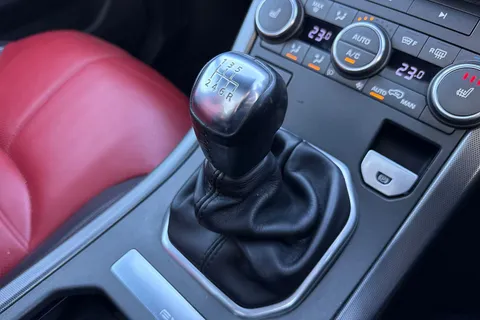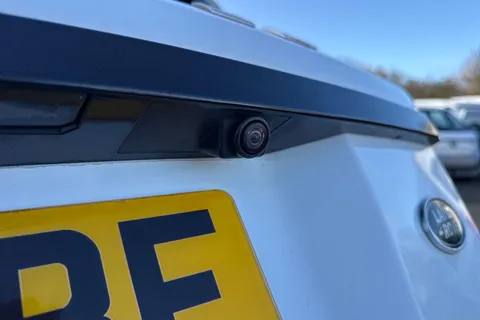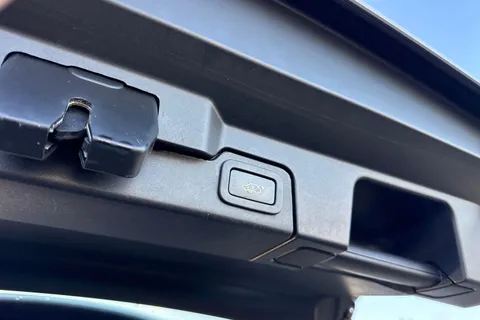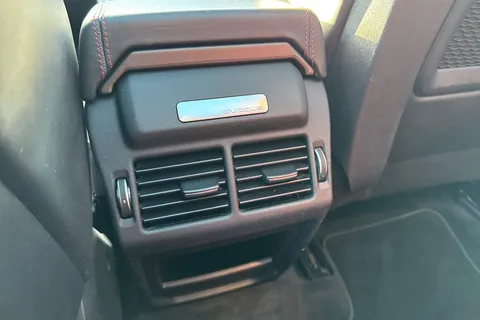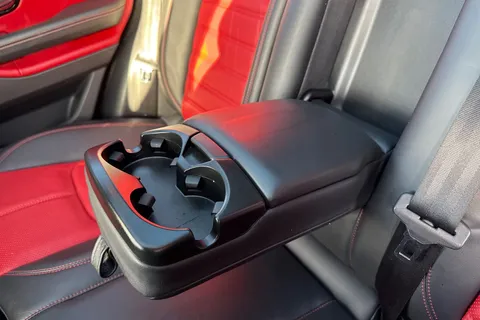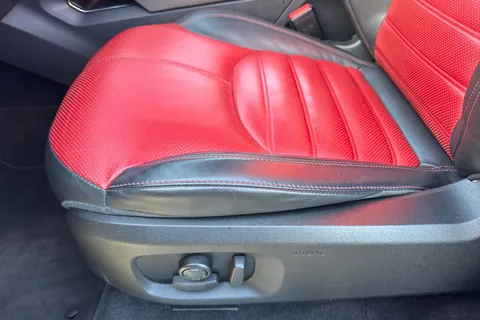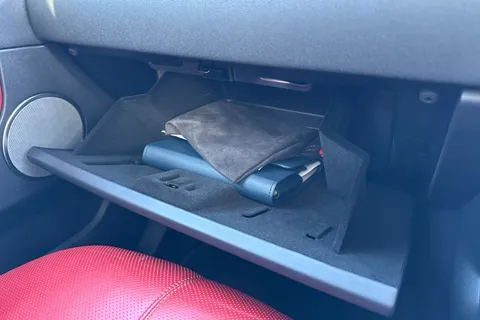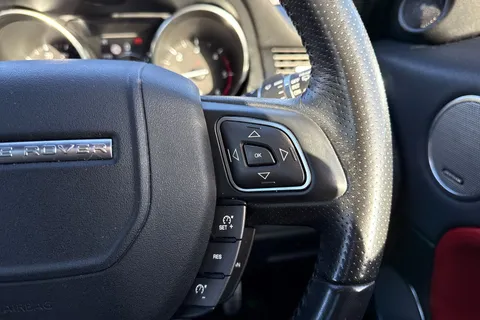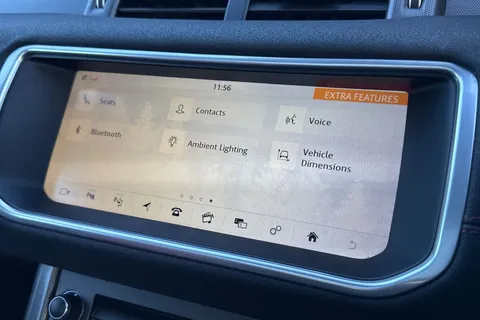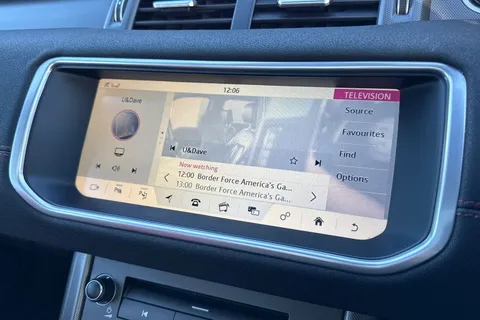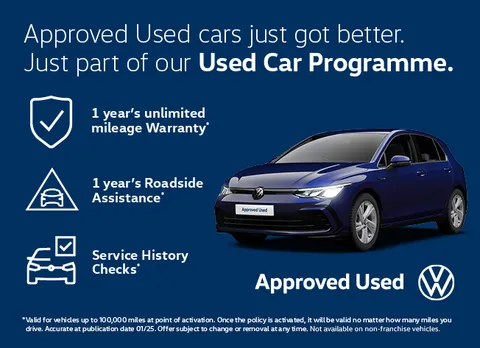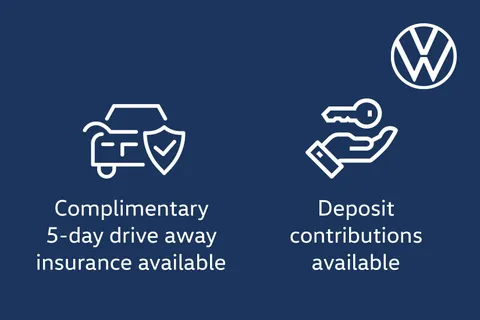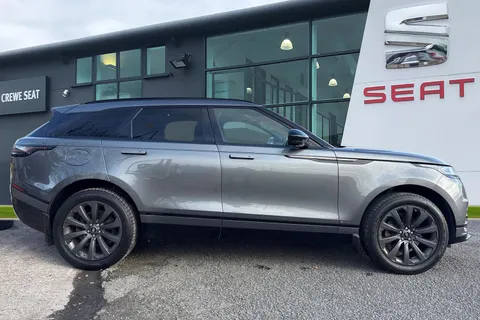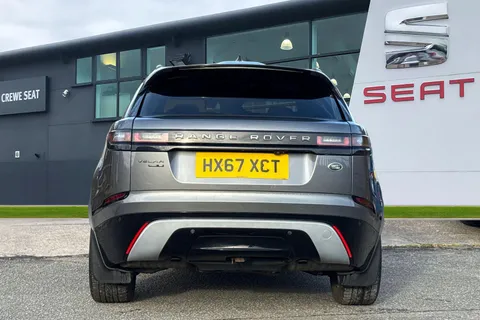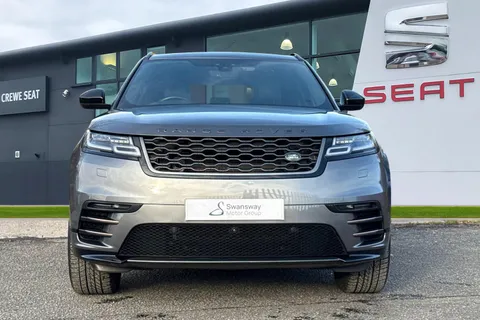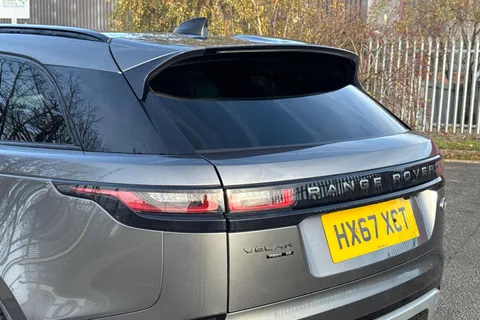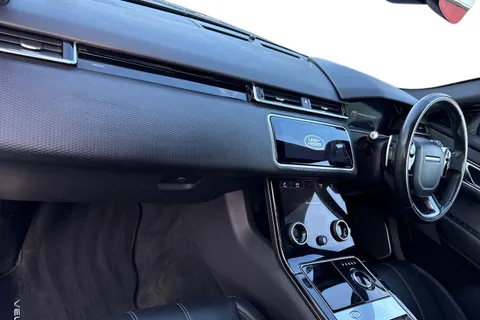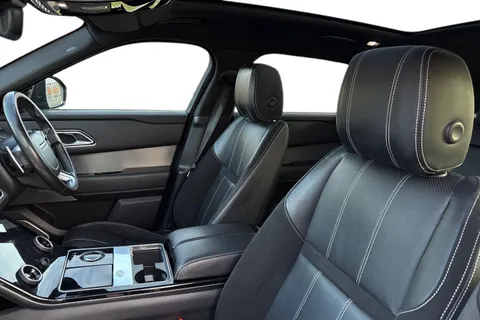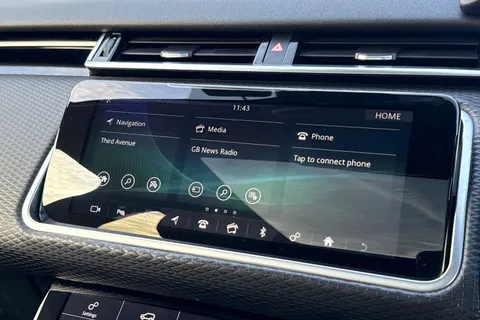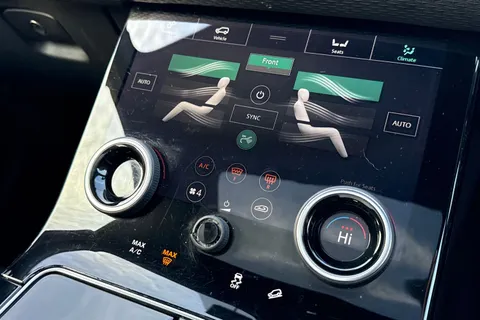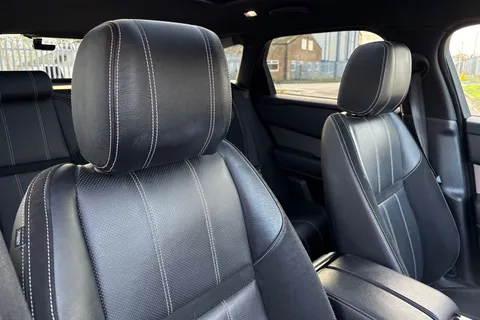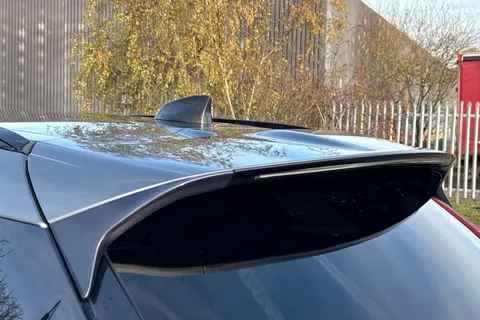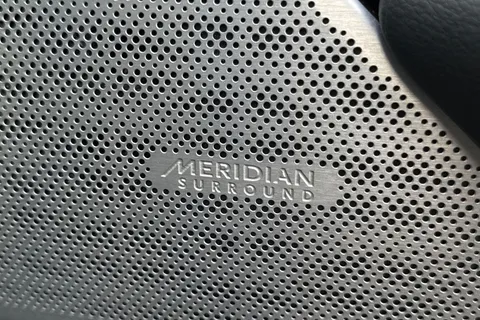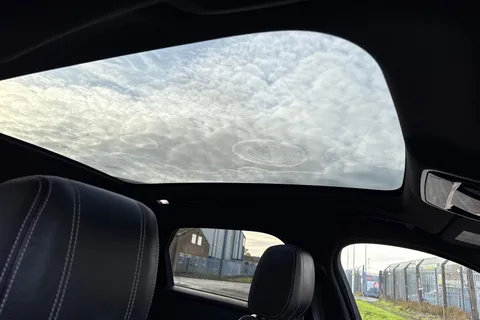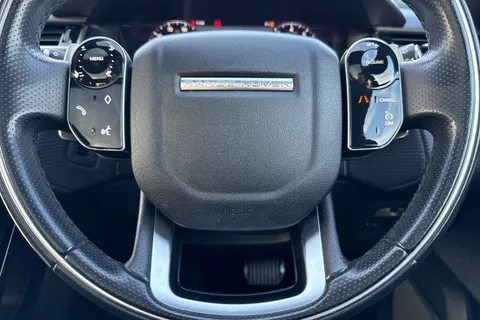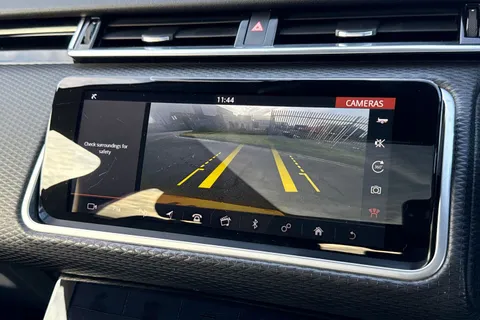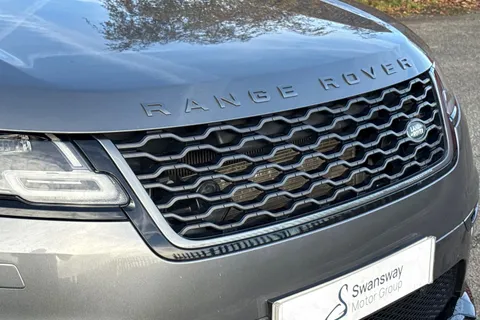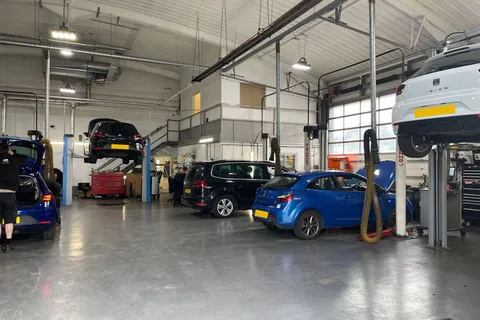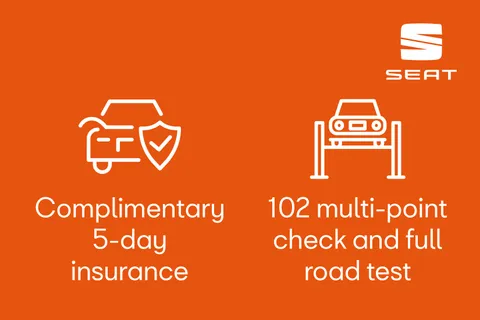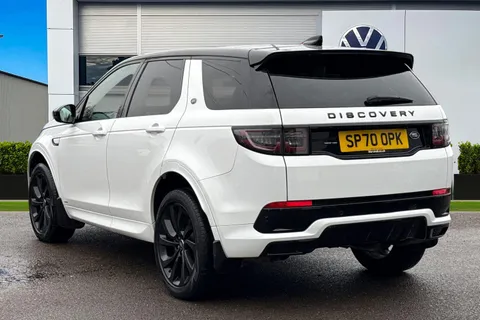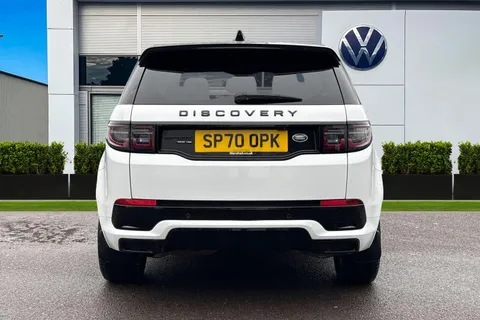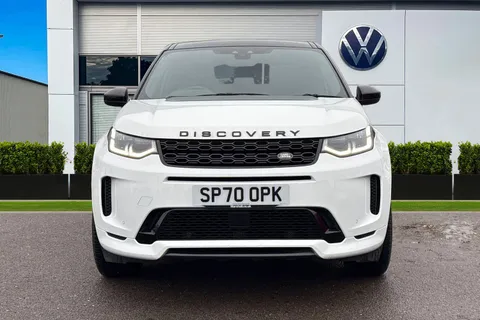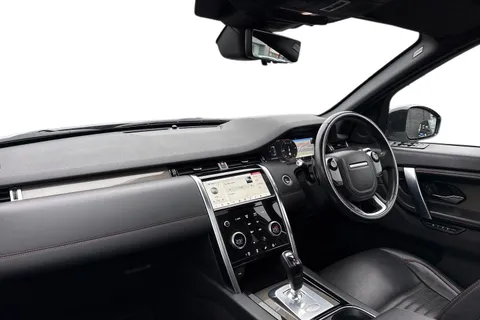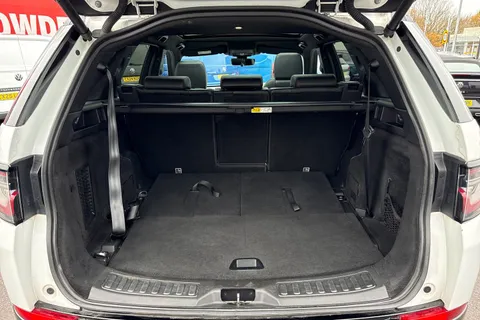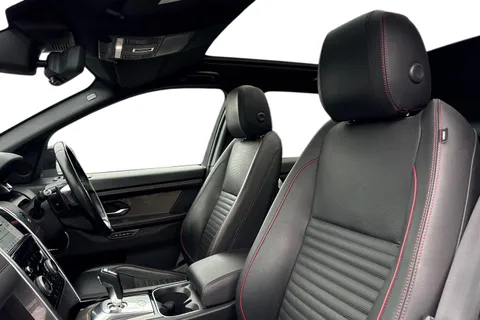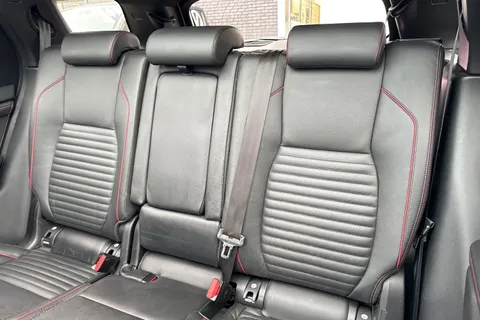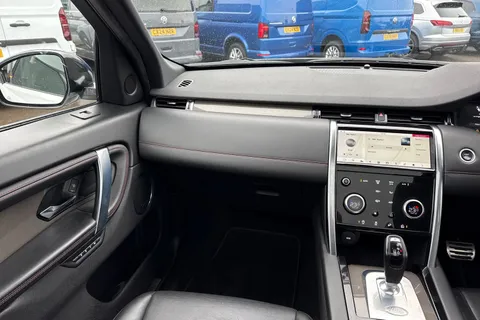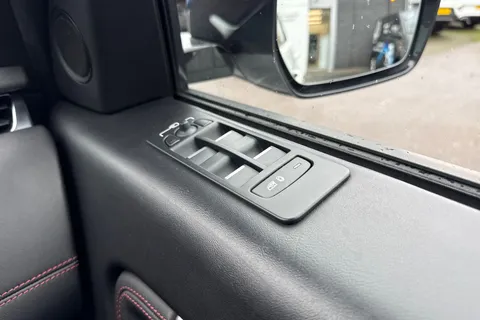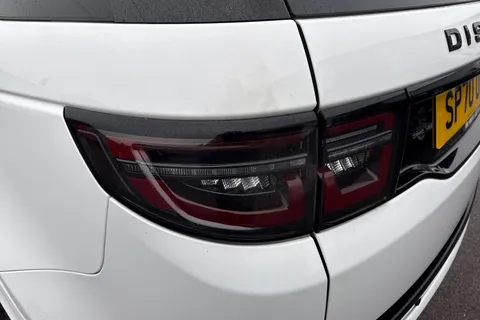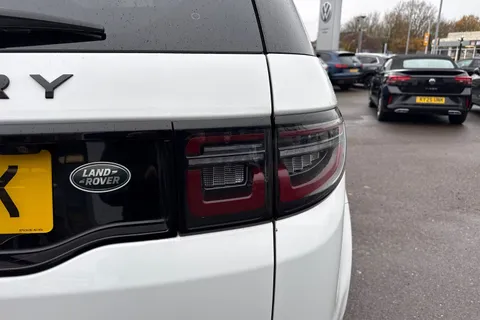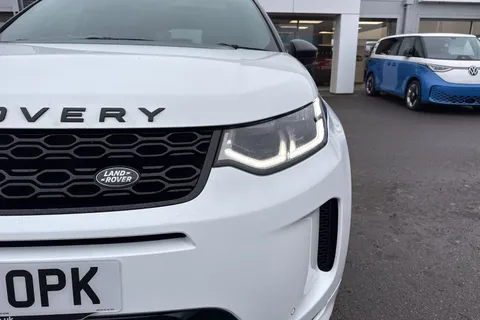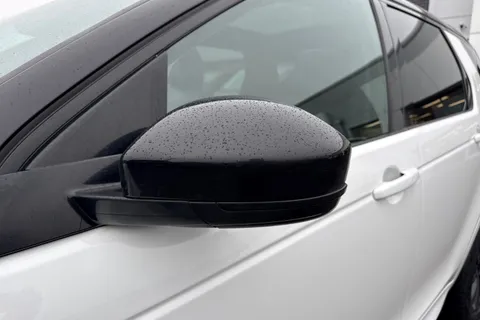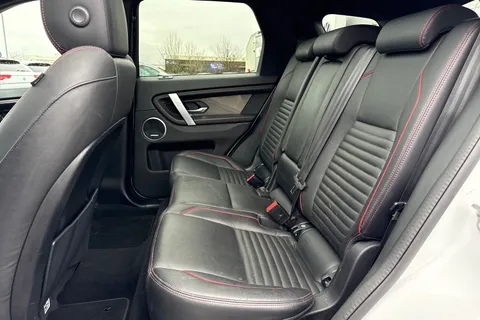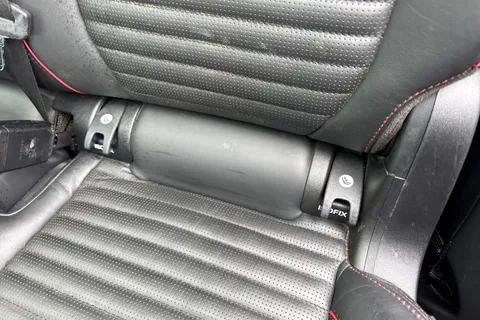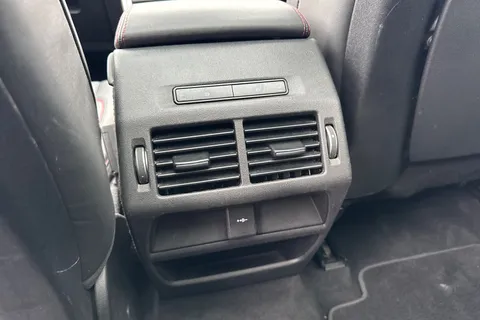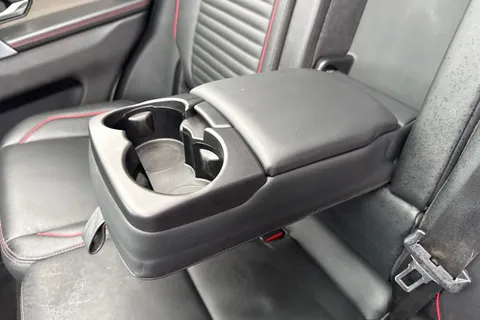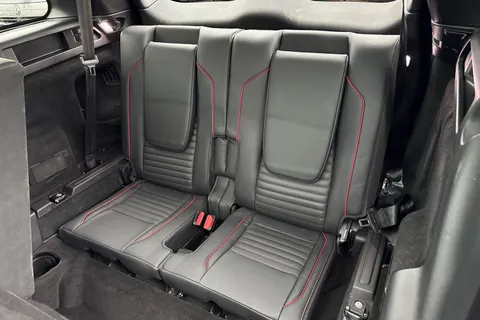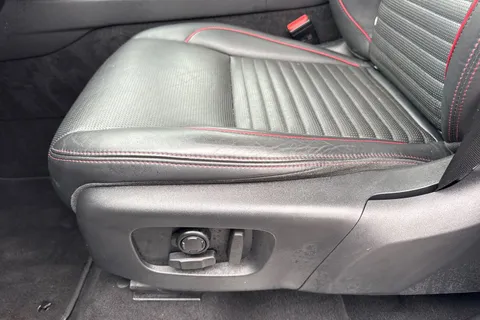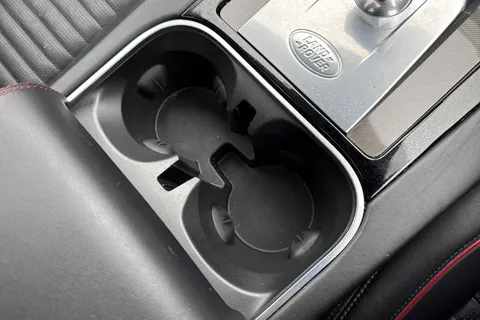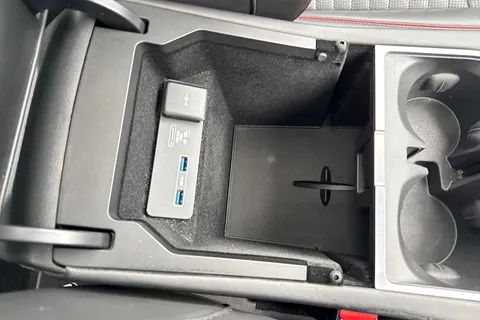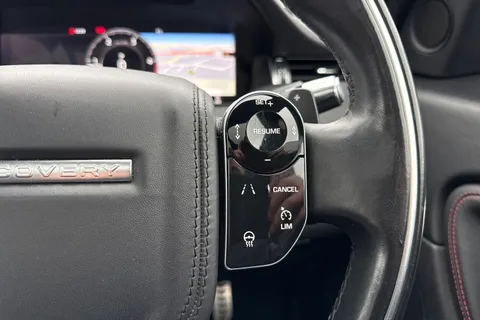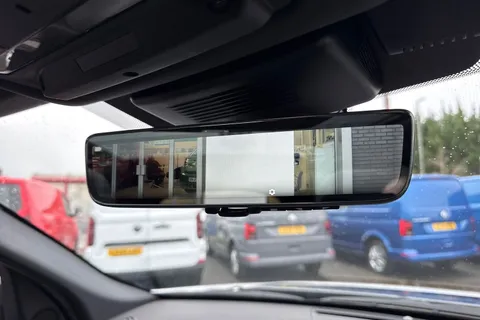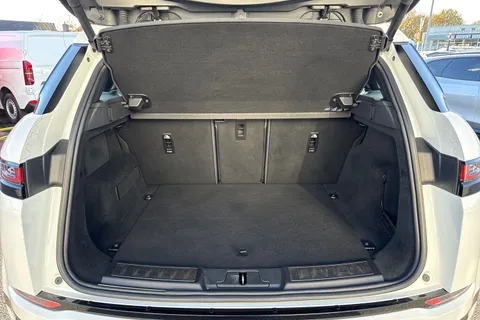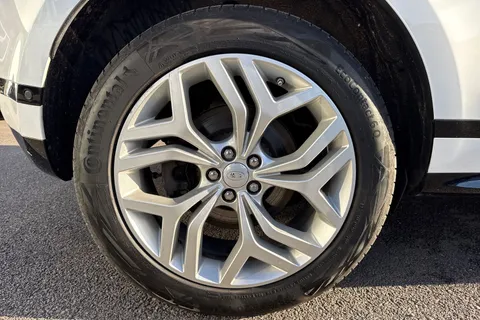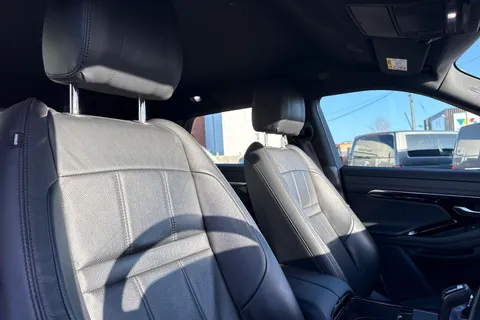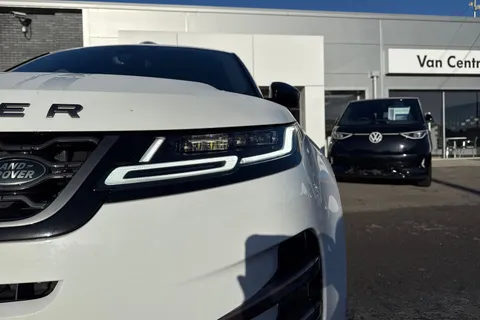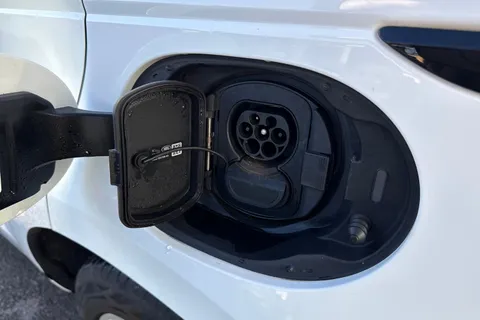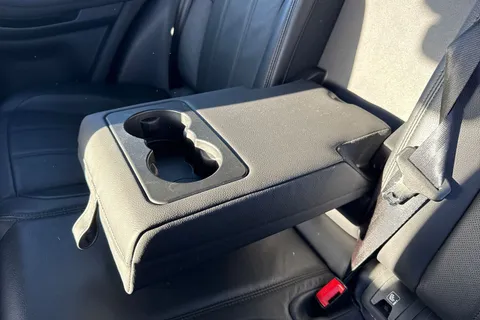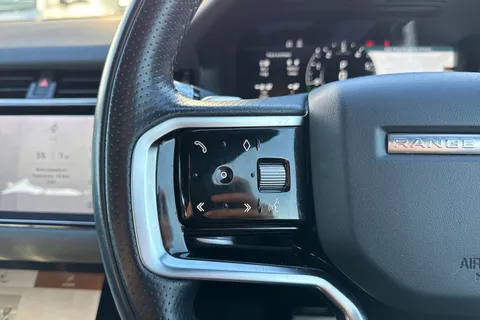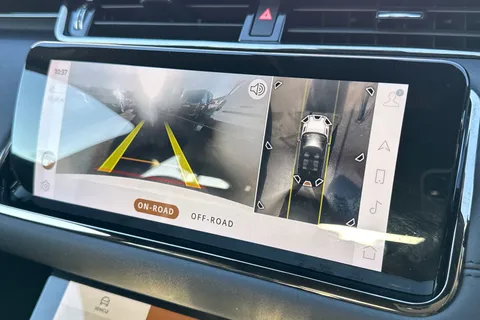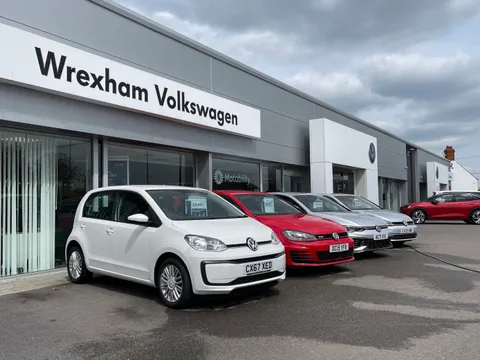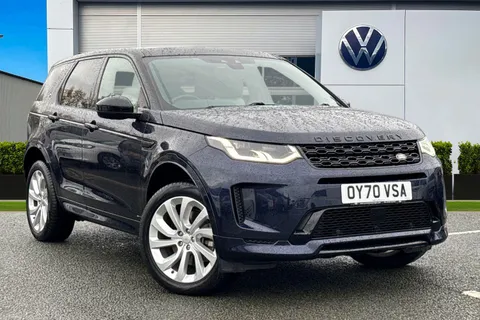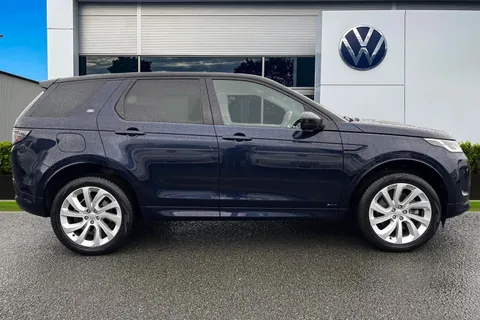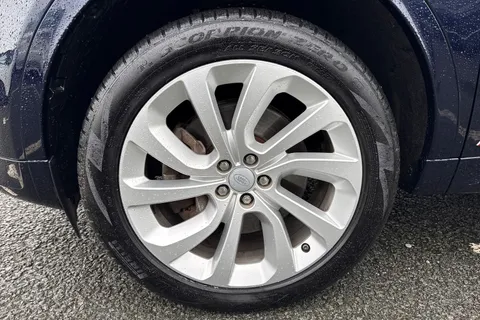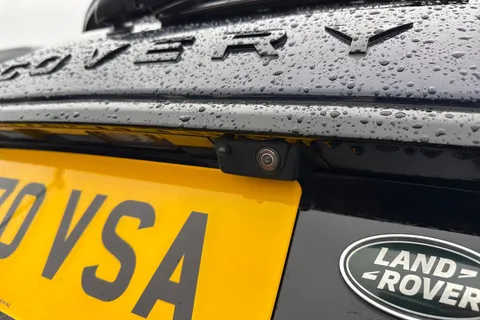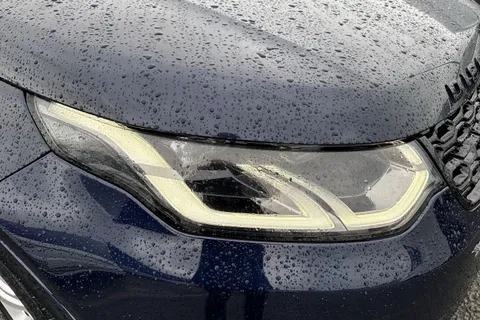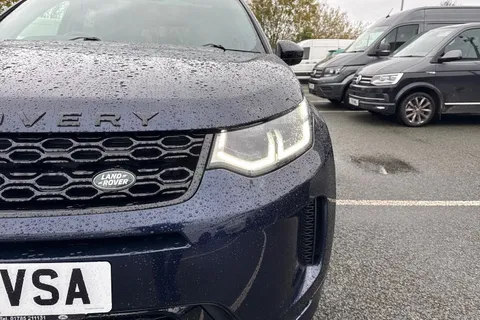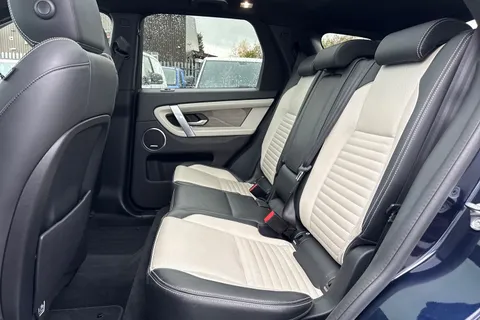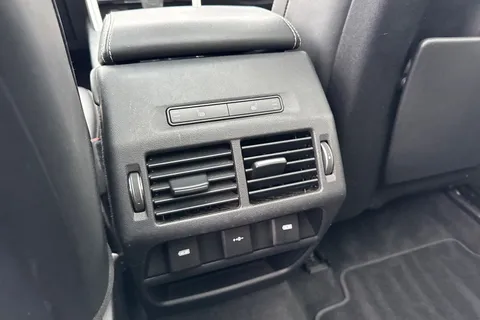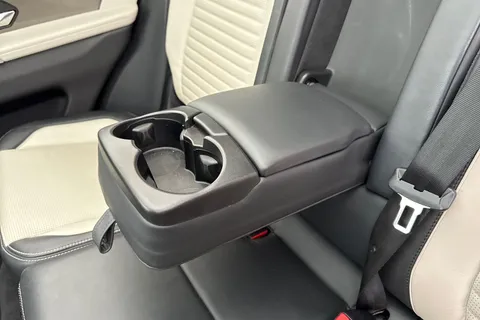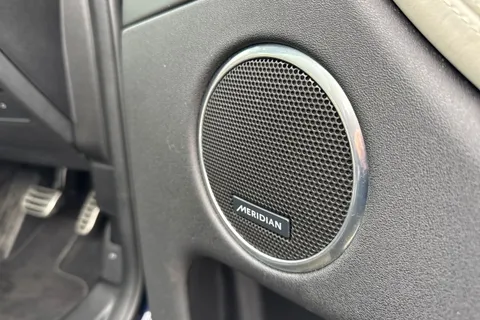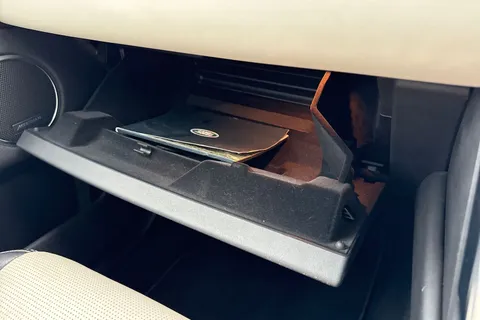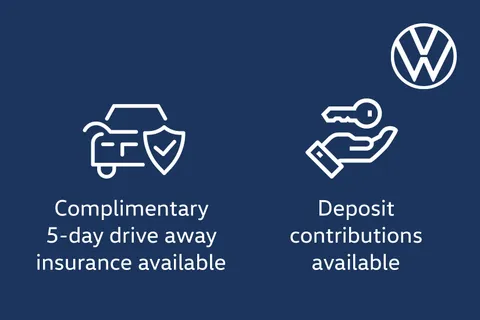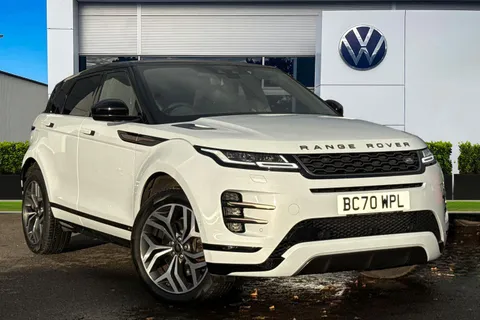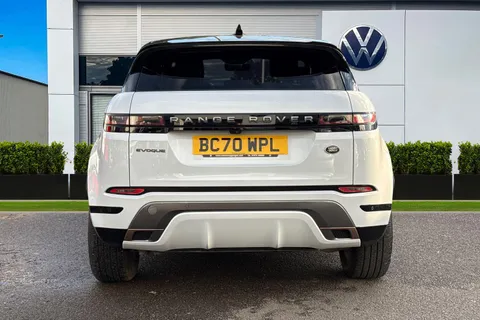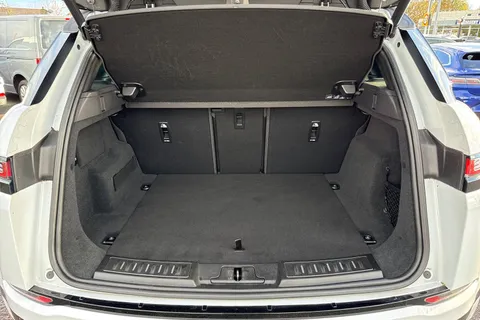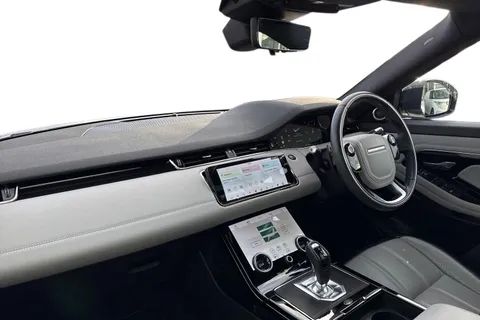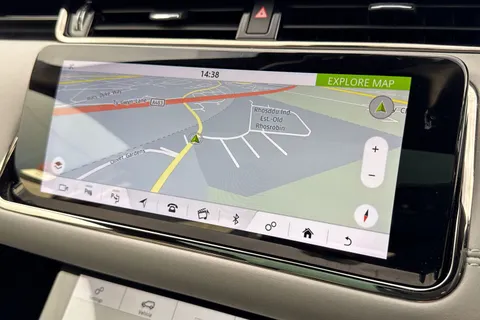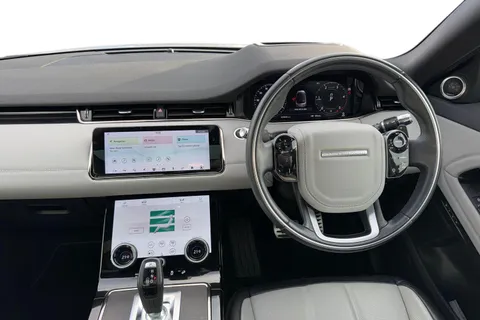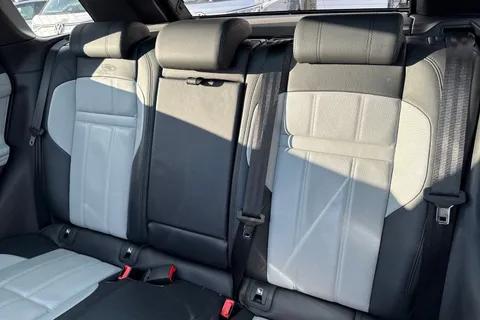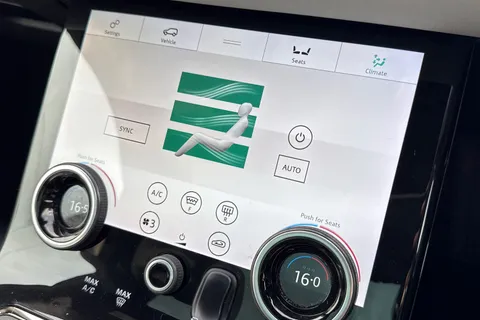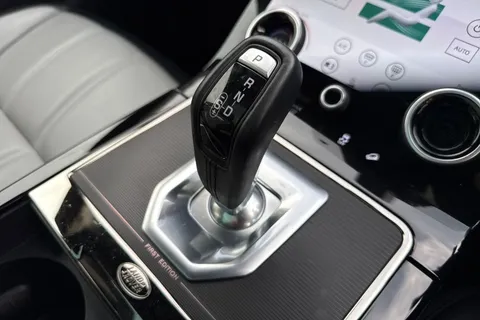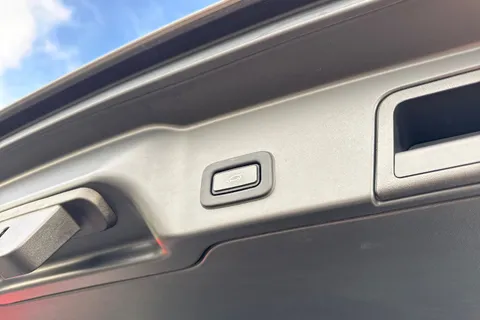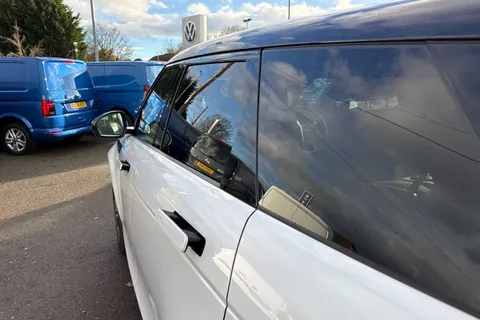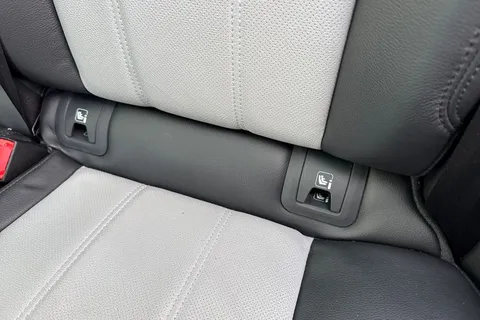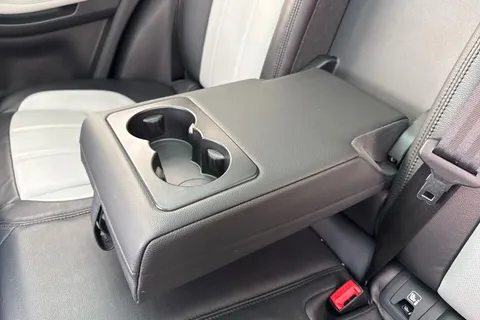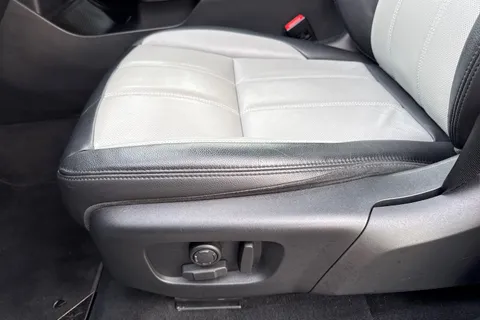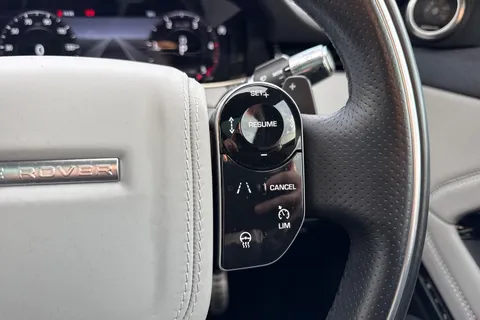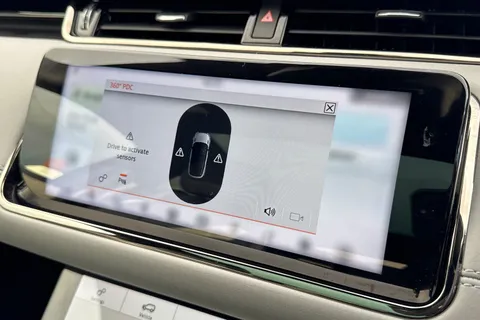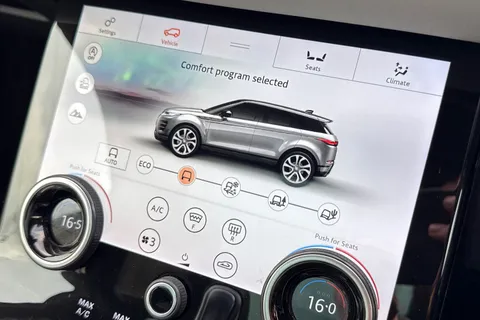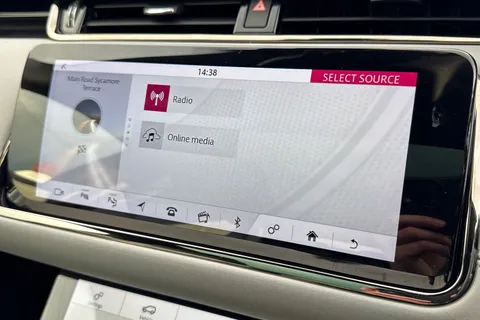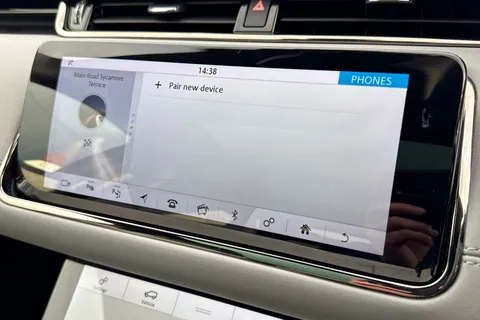What is it?
Over 800,000 Range Rover Evoques have been sold since its 2011 launch. The first-generation car effectively replaced the useful but frumpy Freelander, and proved to the world that the three words ‘premium’ ‘compact’ and ‘SUV’ can be a licence to print money.
Eight years down the line, there’s an all-new model, but it’s entering a much more crowded battlefield than its predecessor did, with competitors such as the Audi Q2 and Volvo XC40 proving very popular. Does the new Evoque do enough to stay ahead in the brawl?

What’s new?
The styling of the new Evoque may be similar to the old car, but it doesn’t mean they’re identical. In fact, short of the door hinges, everything you see and touch is new to the Evoque.
There’s a range of updated engines under the bonnet – more on them later – and an interior that will be familiar to anybody who’s sat in the latest generation of Range Rover or Range Rover Sport. So while Land Rover will admit the styling was intended to be an evolution rather than a massive step-change, the underlying platform is a lot newer than you might think from first glance.
What’s under the bonnet?
The new Premium Transverse Architecture that underpins the Evoque is set up for petrol, diesel, plug-in hybrid or full EV powertrains. Just the two former are available from launch – there are three petrols and three diesels.
The basic 148bhp diesel makes do with front-wheel drive and a manual gearbox, but the other five – 178bhp and 237bhp diesels as well as 197bhp, 247bhp and 296bhp petrols – all have a new nine-speed auto, four-wheel drive and a mild-hybrid system to boost performance and economy. All are four-cylinder units.
The big takeaway from the two engines we drove – 237bhp diesel and 247bhp petrol – was refinement. Both make excellent cruisers, with long gearing for relaxed progress. The petrol was our preference in spite of its relative thirst, as it’s superbly quiet and smooth yet feels far perkier than the diesel if you press on.

What’s it like to drive?
Slightly over-light steering and a large, thin-rimmed steering wheel give the impression that the Evoque won’t corner. But move past the initial uncertainty and you’ll find a very sweet-handling car. Grip levels are excellent, and even the basic non-adaptive suspension remains impressively flat through the corners.
Wheels in sizes up to 21-inches are available, but Land Rover’s done an impressive job of isolating the judder you feel from large rims on poor road surfaces. Ride comfort’s excellent across the board, especially at a cruise.
In true Land Rover tradition, we also tested the Evoque on some reasonably challenging off-road routes. Terrain Response 2 – the firm’s off-road tech – is fitted to all models, and it really makes heading off the beaten track as effortless as staying on tarmac. Of course, most Evoques will stay in the city… but it’s nice to know they can handle the odd muddy field.
How does it look?
The new car looks similar to the old Evoque, but details have been simplified and kinks and creases ironed out. Details have been carried over from the previous model – the rising waistline, ‘floating’ roof and wheel-at-each-corner stance – but the removal of the plastic wheelarch extensions and the addition of hidden door handles gives a very slick, concept-car look. It’s very similar to the Velar, and that’s a good thing.
Land Rover’s signature LED lights sit up front, while the full-width element across the rear combined with the letterbox rear window gives it a pleasingly squat stance. If we have one complaint, it’s the colour palette, which apart from a rather tasty red is devoid of anything bold.

What’s it like inside?
The dual-screen setup of the dashboard has been lifted from the Velar, leaving few traditional buttons. It does take a little getting used to – and we found the gearshifter gets in the way of the lower screen. The upper has a super-wide orientation, which works well though it can leave the map screen quite limited.
Space is an improvement on the previous model, though legroom is still limited for passengers in the rear. The boot’s improved by ten litres, and the seats fold to give a totally flat load bay. We’re also big fans of Land Rover’s innovative – if pricey – premium fabric upholsteries. They’re more welcoming and comfortable than leather without feeling cheap, and are also totally vegan.
What’s the spec like?
S, SE and HSE trim levels are available, with sporty R-Dynamic versions of each. All models have LED headlights, alloy wheels, climate control, a suite of cameras, cruise control and all of Land Rover’s off-road goodies, but entry level cars do feel rather spartan with their analogue gauges, manual boot and barely-adjustable seats. Opting for S brings you navigation, but it’s not until SE that Touch Pro Duo with its twin screens becomes standard.
Verdict
The new Evoque feels like the correct way to go – a useful upgrade without risking scaring existing owners away from the showrooms. It’s a handsome SUV with a good interior, superb cruising manners and more off-roading capability than the majority of drivers will need. A Porsche Macan is sharper to drive, and a Volvo XC40 more spacious and better-suited to families. But the Evoque is super-stylish and we think it’ll sell like hotcakes.





